
Alexandrite is the color-chameleon of the precious gem world. This rare precious gemstone has the capacity to switch from red to green, or sometimes from blue to purple, depending on the light-source. It’s a dynamic, modern choice that was once used to test the food and drink of Czars for poison. Today, it’s one of the most unusual and most exciting precious gems you can wear.
Alexandrite, named for the boy who would become Czar, is one of the earth’s few color-change minerals. Unlike dichroic gemstones, which show a couple of colors at once, depending on the light source and angle of viewing, Alexandrite literally changes color, dramatically, as it moves from day to night, from outdoors to indoors.
A rare variety of the mineral chrysoberyl, this precious gemstone is often described as “Emerald by day, Ruby by night,” since it can often switch from deep green in daylight to claret-red under artificial light.
When this gemstone was first discovered in Russia’s remote Ural Mountains, the stone created quite a stir since its colorways seemed to reflect the red and green of imperial Russia’s national military colors.
Newer deposits are now found in Sri Lanka, East Africa and Brazil. Certain Alexandrite stones display this change as blue in daylight, purple in incandescent light.
A few other gems also change color in response to a change in light-source, but none change as dramatically as the Alexandrite. As a result, the color-change phenomenon is widely referred to as the “alexandrite effect.”
This gemstone became a status symbol among powerful people across Europe, who coveted these dynamic stones as magical protection. 19th century accounts reveal that leaders and many people of influence kept large Alexandrite specimens in a piece of furniture known as a “credenza” in Italian. This word means a place of proof, proving, or the revelation of truth (relating to “creed”, “credo”, “credibility”, etc.). In this setting, the Alexandrite was used to test food and drink for evidence of poison, based on the belief that the stone would change color to signal danger.
Spirit of the Air
Every Zodiac sign has its own birthstone, but none seems more appropriate than Alexandrite for Gemini. Gemini is a mutable sign, and its element is Air. The ruling planet for this June birthday is Mercury, the quicksilver messenger to the gods (known as Hermes to the Greeks) who zipped between the worlds on winged sandals.
These specific properties are epitomized by Alexandrite, a stone which seems to have a mind of its own.
Gemini is as “airy” as an Air sign can get: light-hearted, avoiding heaviness of all kinds, quick-thinking, often indecisive, and always ready to move on, like a cool breeze. Gemini can say “Yes!” on Monday morning and “Never!’ on Monday night. This duality is characteristic of the sign, and is perfectly embodied in the gem which radically changes as it moves through light.
In addition to its day-for-night metamorphosis, Alexandrite may also be dichroic, meaning that the stone may display subtle flashes of an additional set of colors – grays, bronzes, reds – as well as showing its color-change capacity as it is moved.
Even if you’re not a Gemini, Alexandrite appeals to many people today for its exciting capacity to interact with its environment, presenting the wearer with a changing visual spectrum.
This gemstone measures 8.5 on the Mohs scale, making it a durable as well as modern choice.
Call us to chat about the Alexandrites we’ve got waiting for you!

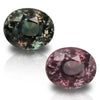 Alexandrite
Alexandrite Amethyst
Amethyst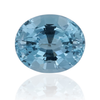 Aquamarine
Aquamarine Chrysoberyl
Chrysoberyl Demantoid
Demantoid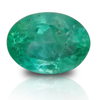 Emerald
Emerald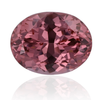 Garnet
Garnet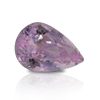 Kunzite
Kunzite Paraiba
Paraiba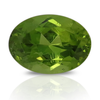 Peridot
Peridot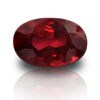 Ruby
Ruby Sapphire
Sapphire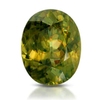 Sphene
Sphene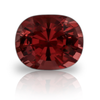 Spinel
Spinel Tanzanite
Tanzanite Topaz
Topaz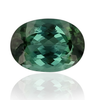 Tourmaline
Tourmaline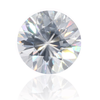 Zircon
Zircon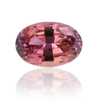 Zoisite
Zoisite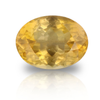 Rare Gemstones
Rare Gemstones Heart Shape
Heart Shape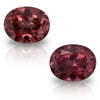 Matched Duo
Matched Duo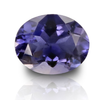 Everyday Candy
Everyday Candy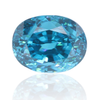 Insta Therapy
Insta Therapy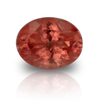 Mini-Splurge
Mini-Splurge